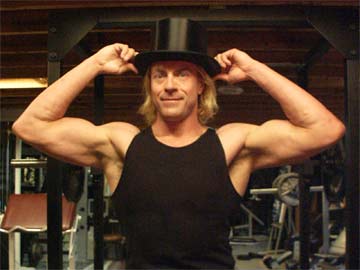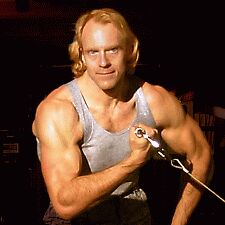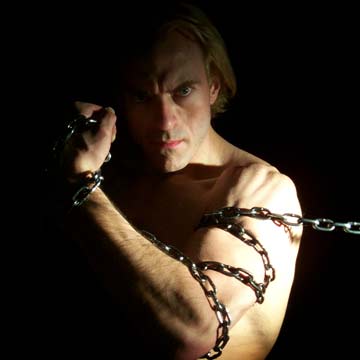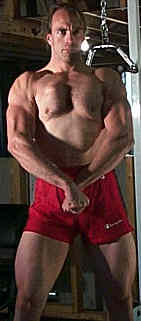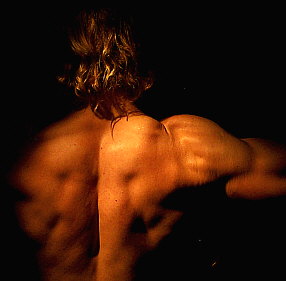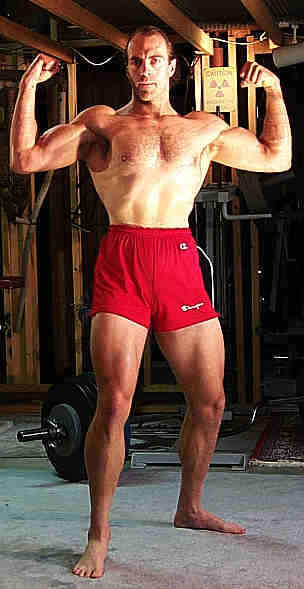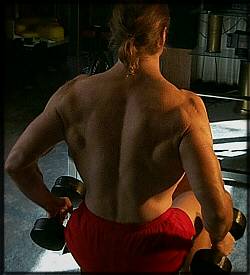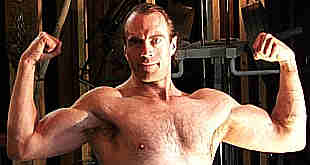
Things one does to amuse oneself between sets....

|
Misc.fitness.weights has its share of massively muscled and ripped bodybuilders and it has its share of massively muscled but somewhat less ripped powerlifters. As you can see, I'm not either of these, but weight training has been an important part of my life for a long time. I've never been one who puts on muscle quickly or easily--never had those amazing "beginner's gains" I hear about from other people who have just started hitting the weights, but every year I manage to do a little more than I did before. As long as I lift heavier weights, bike a bit faster and farther, gain the ability to do a few new things, and learn just a little bit more about how the human body works and how to make it work a little better, that's good enough for me--at least for today; no guarantees on what it'll take to satisfy me tomorrow. |
|
Trygve.Com sitemap what's new FAQs diary images exercise singles humor recipes media weblist internet companies community video/mp3 comment contact |
